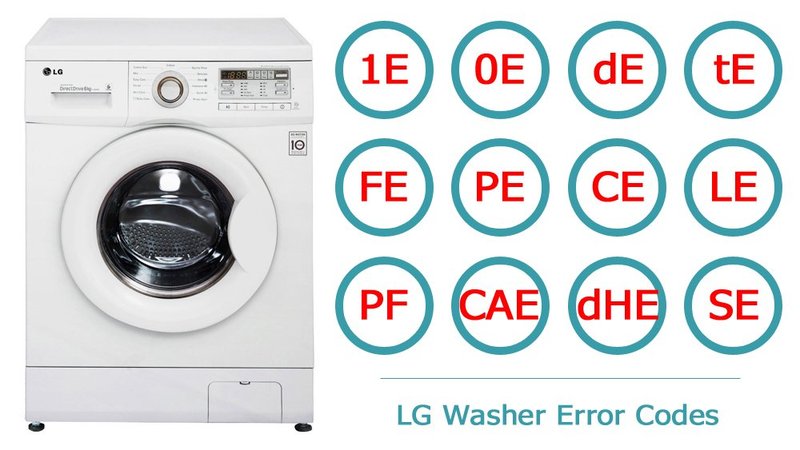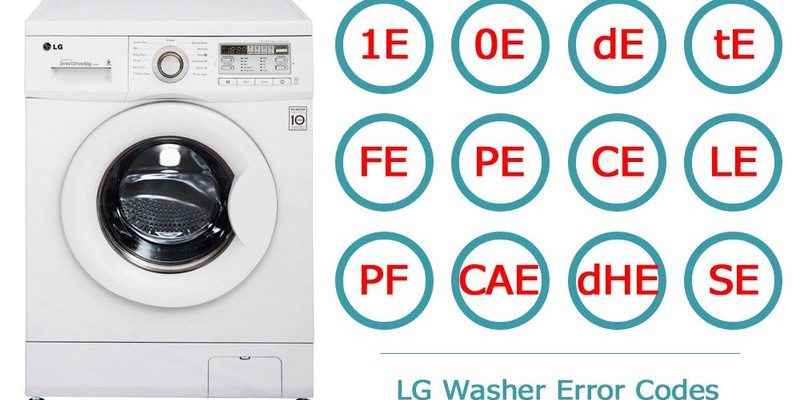
The F1 error code in an LG washing machine is your appliance’s way of calling for help. Think of it as the machine whispering, “Something’s not quite right here.” While it’s not as alarming as a fire alarm, it’s certainly a sign that your machine needs a little TLC. Whether you’re new to home appliances or a seasoned laundry enthusiast, tackling this issue is doable. Let’s dive into the nuts and bolts of what this error code means and how you can safely manage it.
Understanding the F1 Error Code
Before we jump to solutions, let’s get a grip on what the F1 error code actually signifies. Much like a computer freezes up when overwhelmed, the F1 code indicates a problem with the machine’s water level sensor. Imagine this sensor as the washing machine’s “sense of balance,” keeping tabs on the water levels inside. When it malfunctions, the washer isn’t quite sure how much water is inside, causing it to pause and raise that F1 flag.
The water level sensor can act up due to several reasons. It might be as simple as a loose connection or as intricate as a sensor needing replacement. Sometimes, the sensor gets confused because of debris in the water line or changes in water pressure. It’s a bit like trying to read a weather forecast through fogged-up glasses. If the sensor can’t see clearly, it’s unable to ensure water levels remain optimal, prompting the error.
Addressing this error at the earliest is crucial. Ignoring it might not lead to a washing machine apocalypse, but it might mean suboptimal wash cycles—clothes that are either too wet or not cleaned efficiently. The good news? Most of the time, the fix is straightforward and only takes a bit of your time and attention.
Is It Safe to Continue Using the Machine?
Here’s the deal: while the presence of the F1 error code is not a direct risk to your safety, it does imply that your washing machine isn’t operating at its best. Think of it like driving a car with a flat tire—you might still get from point A to B, but it’s not ideal, and you’re risking greater damage along the way. The same principle applies here.
Operating the machine with the F1 code means the water levels might not be right throughout the cycle. This can lead to poorly rinsed clothes or even extended cycle durations. If the sensor fails entirely, it could potentially lead to more significant issues like overflowing. It’s like using a leaky bucket for water—eventually, the spillover becomes too much to handle.
For those who ponder on trying “just one more load,” I’d advise against it. Although it’s tempting, pushing the machine to perform with an unresolved error can exacerbate the existing problem. Instead of risking further complications or even perhaps voiding any warranties, it’s better to tackle the issue head-on. A little bit of preventative maintenance now can save a lot of hassle later.
Next Steps: Diagnosing and Fixing the F1 Error
Now that we know it’s best not to use the machine until the F1 error is addressed, what’s next? Start by giving your washing machine a bit of a tech reboot. Unplug the device, let it sit for about a minute, and then plug it back in. Sometimes, a simple restart can reset the sensor’s readings, much like rebooting a sluggish computer.
If the F1 error persists, it’s time to roll up those sleeves and do a bit more investigative work. Check the water inlet filters; these can get clogged with mineral deposits or debris, restricting water flow and tricking the sensor into a false malfunction. Cleaning them might just be the no-cost fix you need.
Should these steps not resolve the issue, it could be time to consult the pros or potentially replace the faulty sensor. Contacting LG support or a certified technician will ensure the problem is addressed correctly without voiding warranties. In the meantime, try to keep the laundry load light or, if possible, use alternative washing methods until the machine is back in working order.
Preventive Measures and Tips
Preventing future occurrences of the F1 error is all about maintenance. Regular checks and cleaning of your machine go a long way. At least once a month, inspect the water inlet hoses and filters for mineral buildup. Keeping these clear ensures your machine’s “balance sense” remains sharp.
Another tip is to be mindful of the detergents and fabric softeners you use. Some can leave residues that affect the internal sensors. Opting for high-efficiency cleaners that ensure no excess suds or residues might just keep those error codes at bay.
Lastly, if you live in an area with hard water, consider using a water softener. Hard water can lead to more frequent mineral deposits, which can confuse your washing machine’s sensor system. Think of it as giving your washer a clean, stress-free environment to function in—just like how we perform better without clutter around us.
In conclusion, addressing the F1 error in your LG washing machine is essential for its longevity and efficiency. With a bit of patience and these simple steps, you’ll have your appliance back to its zen-like state in no time. Happy laundry days ahead!
